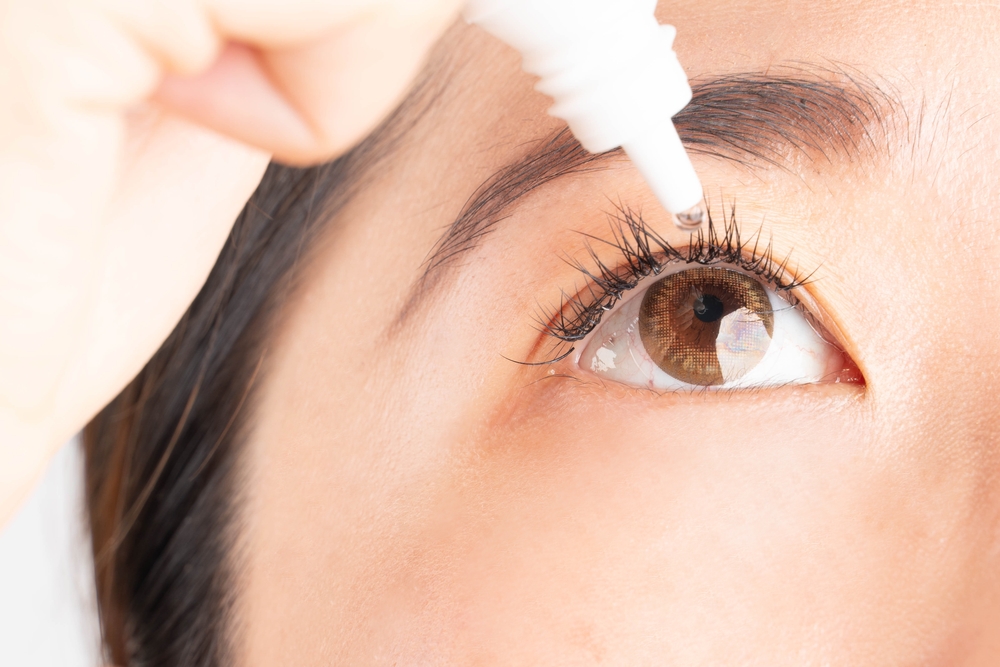
Dry eye is a common condition that affects millions of people worldwide. It occurs when your eyes don’t produce enough tears or when the tears evaporate too quickly, leading to discomfort, irritation, and even vision problems. One of the most popular and effective ways to manage dry eye symptoms is by using artificial tears.
Artificial tears are over-the-counter eye drops designed to supplement your natural tears, providing much-needed relief. But with so many options available, how do you choose the right one for your needs? In this comprehensive guide, we’ll explore the types of artificial tears, their benefits, and how they can help alleviate dry eye symptoms.
What Are Artificial Tears?
Artificial tears mimic the natural composition of your tears, offering lubrication and moisture to the surface of your eyes. They are a first-line treatment for managing dry eye and are suitable for a range of symptoms, from mild discomfort to chronic dry eye syndrome.
Types of Artificial Tears
There are several types of artificial tears, each catering to different dry eye needs:
1. Preservative vs. Preservative-Free Drops
Preservative Artificial Tears: Contain small amounts of preservatives to prevent bacterial contamination. These are best for occasional use.
Preservative-Free Artificial Tears: Ideal for frequent use, as they reduce the risk of irritation from preservatives. Often recommended for people with chronic dry eye or sensitive eyes.
2. Low-Viscosity vs. High-Viscosity Drops
Low-Viscosity Drops: These are lightweight and feel more like natural tears. They provide quick relief but may require more frequent application.
High-Viscosity Drops: Thicker in consistency, offering longer-lasting relief. However, they may temporarily blur vision, so they’re best used before bedtime.
3. Lipid-Based Artificial Tears
Designed for people with meibomian gland dysfunction (MGD), a common cause of dry eye. Lipid-based drops help restore the oily layer of tears, preventing evaporation.
4. Gel and Ointment Formulations
Gel drops and ointments are thicker than regular artificial tears, making them ideal for overnight use to provide continuous hydration.
Benefits of Artificial Tears
Artificial tears offer numerous benefits for managing dry eye:
Immediate Relief: Quickly soothes irritation, redness, and discomfort caused by dry eye.
Hydration and Lubrication: Keeps the eye’s surface moist and comfortable.
Protects Eye Health: Helps prevent further damage to the cornea caused by prolonged dryness.
Convenient and Accessible: Available over the counter and easy to use anytime symptoms flare up.
Supports Tear Film Balance: Some drops are specifically designed to address deficiencies in the tear film layers (aqueous, lipid, or mucin).
Choosing the Right Artificial Tears
To choose the best artificial tears for your dry eye symptoms:
Identify the Cause of Dry Eye: Consult your eye doctor to determine if your dry eye is due to tear evaporation, insufficient production, or other factors.
Consider Your Lifestyle: If you need drops throughout the day, preservative-free or low-viscosity options may be best. For nighttime relief, opt for gels or ointments.
Trial and Error: You may need to try different formulations to find the one that works best for your symptoms.
When to See an Optometrist
While artificial tears can provide significant relief, they may not address the root cause of your dry eye. If you experience persistent symptoms such as redness, pain, or blurry vision, it’s time to visit an optometrist. At JR Optometry, we specialize in diagnosing and treating dry eye with a personalized approach to ensure lasting comfort and eye health.
Find Dry Eye Relief at JR Optometry
Artificial tears are a versatile and effective solution for managing dry eye symptoms, offering hydration and relief when you need it most. By understanding the different types and their benefits, you can make an informed choice that meets your specific needs.
If you’re struggling with dry eye or have questions about the best artificial tears for your condition, schedule a comprehensive evaluation with JR Optometry for personalized treatment. Visit our office in West Mobile, Alabama, or call (251) 308-7045 to book your appointment today.







